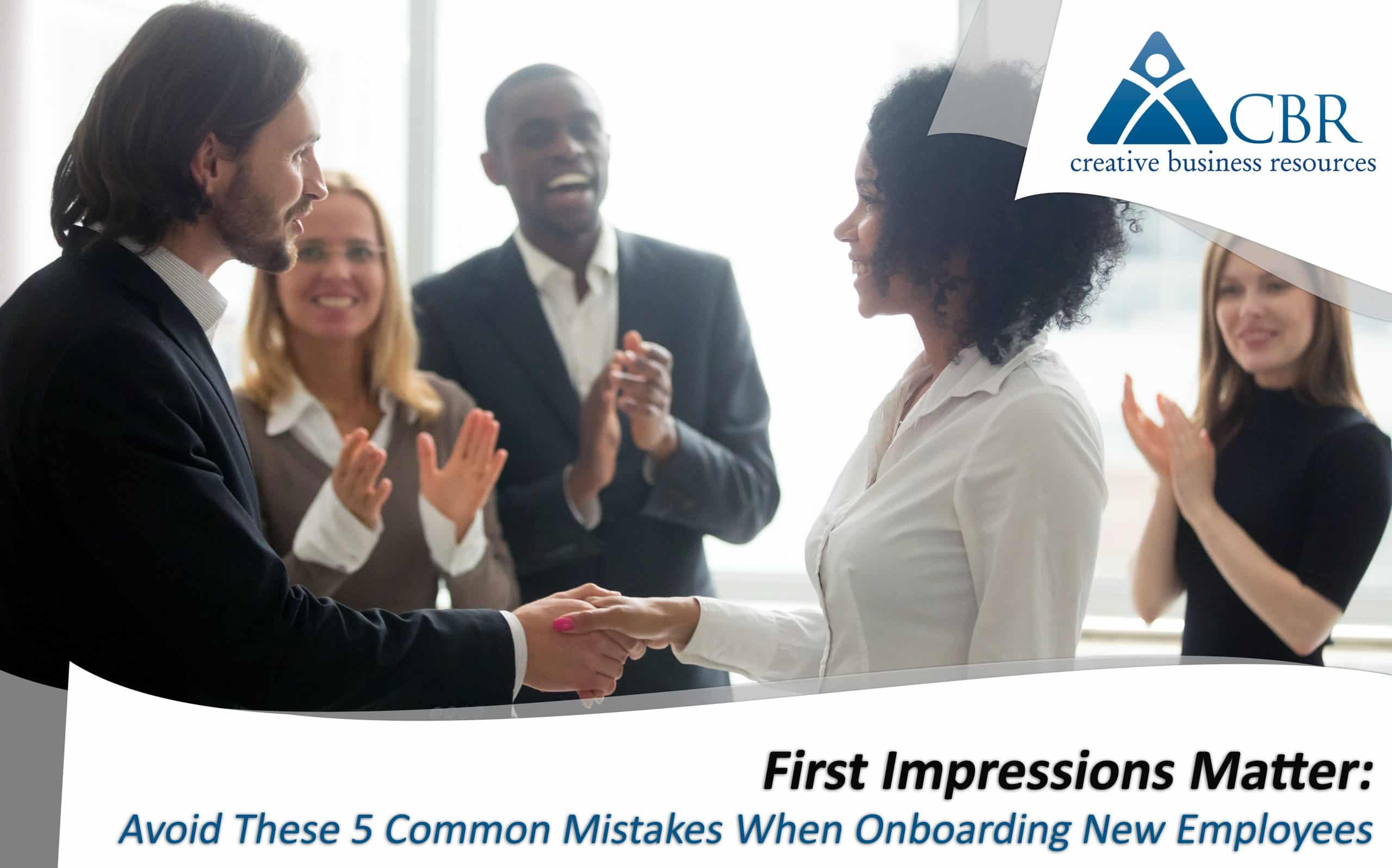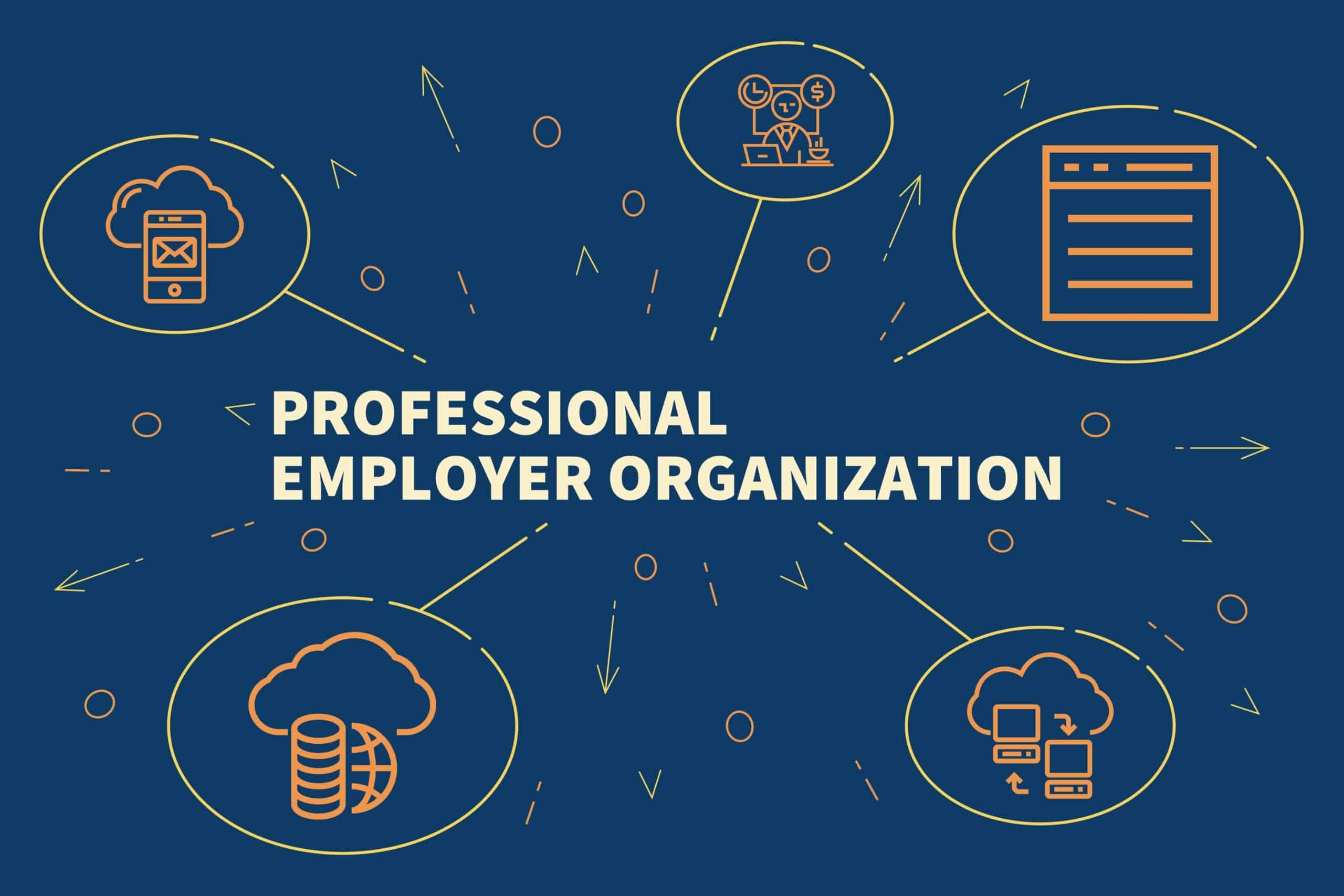Faced with stiff competition for talent, employers across the country are investing heavily in their employee recruitment efforts. While attracting the right people is crucial for an organization’s success, many employers place too little emphasis on onboarding new employees—the pivotal process that comes after hiring a new employee. A proper onboarding process is important because a new hire’s early impressions may have a powerful impact on his or her decision to stay with the organization or change jobs. In fact, a survey of 1,500 corporate professionals by Digitate, a machine learning software vendor, found that new hires are twice as likely to leave organizations with poorly managed onboarding processes.
For employers, taking all possible steps to retain new hires and help them quickly become contributing members of the workforce is an effective way to avoid lost productivity and the other costs associated with employee turnover. A successful onboarding process will make new employees feel valued, prepared to excel, and assimilated into the company and its culture.
Is your organization’s onboarding process designed to engage new hires and equip them with the tools they need to succeed? As you welcome new members of your team, be sure to avoid these five common onboarding mistakes:
Mistake #1: Waiting until an employee’s first day of work to begin onboarding.
If new hires arrive for their first day of work and find that their desks are not set up, no one knows who they are, and their only greeting is a mountain of paperwork, they will likely feel unwelcome and overwhelmed. Fortunately, technology makes it easier to avoid this by enabling organizations to start the onboarding process before new employees arrive at the office. Soon after new hires accept a job offer, send them the necessary documents—such as W-4s, I-9s, and forms for payroll and benefits enrollment—via email or an employee portal. Having new hires complete and electronically sign these materials prior to their start dates will free up essential time for training.
The time between a new hire accepting a job offer and his or her first day of work also provides an excellent opportunity to send along the employee handbook, details about the department and the organization’s workplace culture, explanations of company jargon, and more. As the start date approaches, send the employee a welcome email with information on when and where to arrive on the first day. Ensure that the person’s desk, phone line, and email account are set up. Taking these simple steps early on will calm first-day nerves and help your new hire arrive feeling prepared.
Mistake #2: Failing to clarify the new hire’s job duties—and how they relate to those of their coworkers.
It is extremely difficult for employees to succeed when they do not know what is expected of them. Help new employees formulate and fulfill goals by clarifying their job duties and the criteria by which they will be evaluated. In addition, explain how their responsibilities relate to those of other team members. Existing employees may sometimes resent a new hire for fear that he or she will take over their roles. By clearly delineating which duties each member of the team is expected to perform and how they complement each other to strive toward common goals, you can help prevent tension and ensure that all employees understand what they need to do in order to succeed.
Mistake #3: Not making new hires feel welcome.
Starting a new job can be a nerve-wracking experience, even for seasoned professionals. When new employees join your organization, simple measures to celebrate their arrival can have a major impact on helping them feel comfortable and happy. Remember to personally introduce new hires to each of their coworkers, and consider taking them out to lunch with the team on their first day or hosting a luncheon at the office. At the very least, send out a company or departmental email announcing the person’s arrival and describing his or her background and the new role.
Mistake #4: Providing inadequate training.

While you do not want to overwhelm new hires with too much information at once, it is critical to equip them with the tools they need to excel in their roles. By sending them preliminary training materials as soon as they accept a job offer, you will help boost their confidence while minimizing lost productivity after their start date. Be sure that training covers issues related to company culture, such as departmental hierarchies, workplace etiquette, and the procedures by which meetings are conducted. Do not assume that just because someone is experienced, he or she will automatically understand the norms of your workplace. Additionally, consider assigning new employees a mentor who will guide them and be available to address their questions and concerns.
Mistake #5: Treating onboarding as a brief, one-time process.
Some HR experts believe that onboarding should last for up to a year after a new employee’s start date because the individual’s experience in those first several months is closely linked to long-term retention, satisfaction, and engagement. To ensure that employees continue to feel supported after their first few days on the job, encourage managers to schedule check-in meetings at the one-month mark and at least every three months for the remainder of the first year. The purpose of these meetings should be to gauge the employee’s satisfaction, address any concerns, and offer feedback so that new hires understand what they are doing right and where they may be able to improve. If there are deficiencies in the individual’s performance, determine whether additional training or other resources will help him or her become a successful, contributing member of the workforce.
Once new hires have been fully onboarded and adjusted to their new positions, organizations must direct their focus to the ongoing goals of employee engagement and retention. These goals require steps such as continued training and development opportunities, offering competitive pay and benefits, and providing strong employees with a clear career progression within your organization.
Consulting HR experts like the team at Creative Business Resources is an excellent way to improve your employee onboarding process and various other aspects of your talent management efforts. Utilizing PEO or ASO services can same you time and money. Call CBR today at (602) 200-8500 or contact us online at https://cbri.com/contact/ to get in touch with one of our representatives!
(Sources: https://www.shrm.org/resourcesandtools/hr-topics/talent-acquisition/pages/new-employee-onboarding-guide.aspx, https://www.hrdive.com/news/new-hires-are-twice-as-likely-to-leave-employers-that-mishandle-the-onboard/522384/, https://resources.careerbuilder.com/human-capital-management/avoid-common-onboarding-mistakes).
































Leave A Comment
You must be logged in to post a comment.